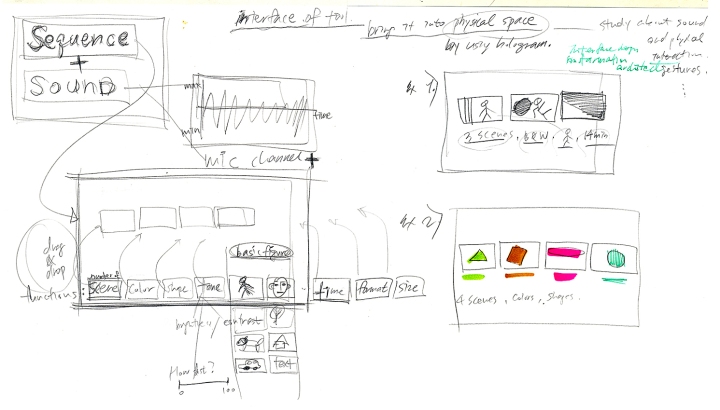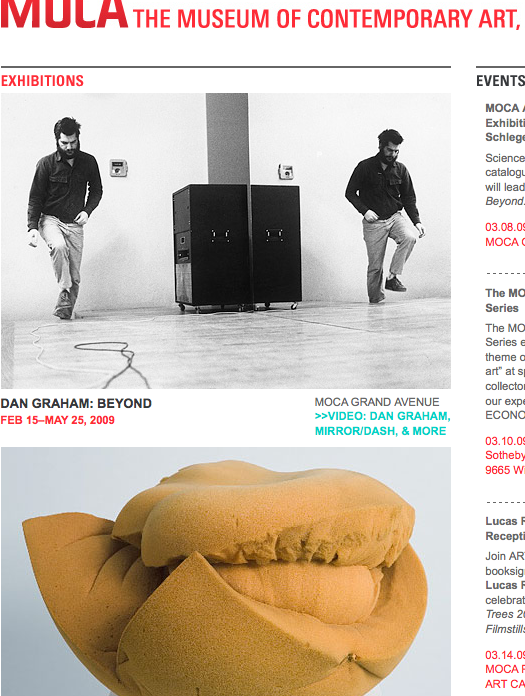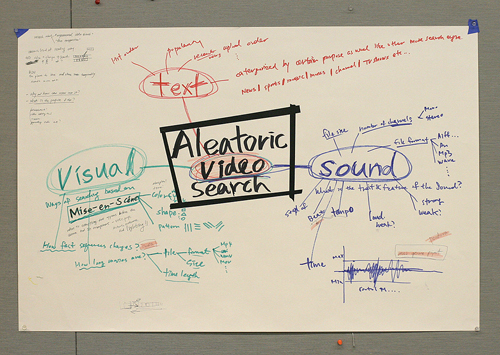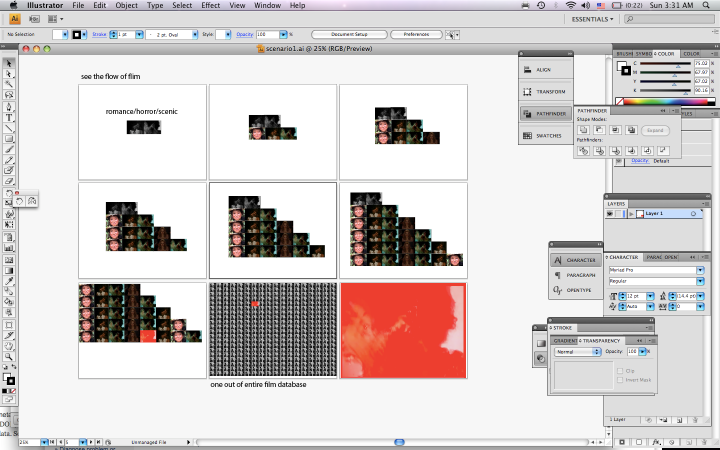Mise en scène From Wikipedia
Mise-en-scène (IPA: [mizɑ̃sɛn]) is an expression used in the theatre and film worlds to describe the design aspects of a production. It has been called film criticism’s “grand undefined term,” but that is not because of a lack of definitions.[1] Rather, it’s because the term has so many different meanings that there is little consensus about its definition. Stemming from the theater, the French term mise en scène literally means “putting on stage.” When applied to the cinema, mise-en-scène refers to everything that appears before the camera and its arrangement—sets, props, actors, costumes, and lighting.[2] Mise-en-scène also includes the positioning and movement of actors on the set, which is called blocking. These are all the areas overseen by the director, and thus, in French film credits, the director’s title is metteur en scène, “putter on scene.” This narrow definition of mise-en-scène is not shared by all critics. For some, it refers to all elements of visual style—that is, both elements on the set and aspects of the camera. For others, such as U.S. film critic Andrew Sarris, it takes on mystical meanings related to the emotional tone of a film. Recently, the term has come to represent a style of conveying the information of a scene primarily through a single shot—often accompanied by camera movement.[citation needed] It is to be contrasted with montage-style filmmaking—multiple angles pieced together through editing. Overall, mise-en-scène is used when the director wishes to give an impression of the characters or situation without vocally articulating it through the framework of spoken dialogue, and typically does not represent a realistic setting. The common example is that of a cluttered, disorganized apartment being used to reflect the disorganization in a character’s life in general, or a spartanly decorated apartment to convey a character with an “empty soul”, in both cases specifically and intentionally ignoring any practicality in the setting. The distinctive mise-en-scène of The Cabinet of Dr. Caligari In German filmmaking in the 1910s and 1920s one can observe tone, meaning, and narrative information conveyed through mise-en-scène. Perhaps the most famous example of this is The Cabinet of Dr. Caligari (1920) where a character’s internal state of mind is represented through set design and blocking. The similar-sounding, but unrelated term, “metteurs en scène” (literally, “stagers”) was used by the auteur theory to disparagingly label directors who did not put their personal vision into their films. Because of its relationship to shot blocking, mise-en-scène is also a term sometimes used among professional screenwriters to indicate descriptive (action) paragraphs between the dialog. Only rarely is mise-en-scène critique used in other art forms, but it has been used effectively to analyse photography, literature and comics. Likewise, video games (especially those employing first-person perspective) have begun to seriously take into account how players experience the game’s story through the “eyes” of the character they control.[3]
purpose, tentative interface and scenario
1. why and how can users use it?
2. what is the purpose of it?
‘Aleatoric video search’ is an experimental video search which let users explore in a selection of youtube or vimeo by by using visual elements such as color, shapes, or tone etc based on the concept of mise-en-scene.
first, the purpose of this is for the designers, animators, film directors or any people whoever deal with video clip enable to search the scene what they exactly want to according to the visual elements on the screen. this tries to provide more sophisticated images of the secene to the people because usually searching by text can not get an suitable footage. or we can not and do not need to think about keyword – the atmosphere, mood, or tone of the scene is usually can not describable with text.
second, this allows motion graphic companies that license visual content and need to keep track where their clips appearing and using in the video contents within all kinds of aspects.

‘structure follows the contents’ i learned information architect last year and i want to utilize what ive learned in interaction design class which is that i dont want to add a button or bar within my interface but Id like to contain all informaiton without popping up windows, or changing screens. and interface can be shown on the table or on the wall wherever.
face recognition and hologram
http://electronics.howstuffworks.com/facial-recognition.htm
http://electronics.howstuffworks.com/holographic-environment.htm
face recognition can be one of the functions to find a movie and hologram can be one way to be shown.
bring virtual image off the screen into phisical space!!!
experimental video search
from google lab- experimental search
http://www.metacafe.com/watch/956511/google_labs_experimental_search/
only experimental video or experimental effect video or just video search
i was really surprised, i hardly found expermental video search
—————————————————————————————-
while i was going through the article in NYTiems, i could i go with sound but not images. imean movies.
this is almost the only thing ive could find in the internet which is about expermental video search
i can see… this field ‘searching video’ has a lot of possibilites and potential to dive into.
blinkx-video search engine
———————————————————————————————————
excerpted paragraph from the article….
But search engines — like Google — that were developed during the first, text-based era of the Web do a poor job of searching through this rising sea of video. That’s because they don’t search the videos themselves, but rather things associated with them, including the text of a Web page, the “metadata” that computers use to display or understand pages (like keywords or the semantic tags that describe different content), video-file suffixes (like .mpeg or .avi), or captions or subtitles.
MOCA
today, before going M n A(material and applications) chris, jae and i went to moca to see the exhibntion of DAN GRAHAM:BEYOND.
i had no idea who he is before goigng there. his work dealt with all fileds of art ranging from architecture to performance, film, and video.
its was minimalist and intereseting to see as an media design student. one of the most impressive work was the one used two camera, two mirror, and two video and reflicting each other. it is titled ‘opposing mirrors and video monitors on time delay’ and it was remind me of ‘TV-buddha’ of nam june baik’s work.

develop in progress

first, i created this map based on my concept of Aleatoric Video Search to figure out what kind of factors there are in the video search area.
so, i divided three important catergories of the video such as text which is common way to search, visual and sound.
in visual, i tried to find out every visual element that i can use for search. and based on mise-en-scène (refers to everything that appears before the camera and its arrangement—sets, props, actors, costumes, and lighting) and technical part of the movie like file format, size or lengh. and trying to use color, shape, and pattern of the film. and as a movie it has certain trait like having a lot sequences. and i am still thinking about how i can take advantage of that.
and sound part, i am not familiar working with sound but i can see the potential in there. i can use the tempo,beat, or strenth of sound.
second, tried to find out visual pattern with still pictures from actual movie clips.
i grabed the stilll of each video clips. and trying to extract major colors, and dominant shapes of the secene.
patterns and factors — time-line, shapes, colors, bright and darkness, contrast, tone, speed of sequence etc

after meeting what i need to do
1. experimental video research, google it — experimental video
2. face recognition!
3. hologram?
4. study about sound, how it works in digital area
about the interface not making it standard…beyond screen like phisical not just on screen-based
combine two element = color + shape => search!
BIN
the place to save and store movie temporarily
store & assemble movie edit.
come up with various different ideas of searching
———————————————————
-why and how can users use it?
-what is the purpose?
ex1> entertainment
ex2> video editing tool
ex3> i-movie
ex4> generatiing video art way
search certain kind of behavior
find rule, and apply it to the other media not just video search..


leave a comment